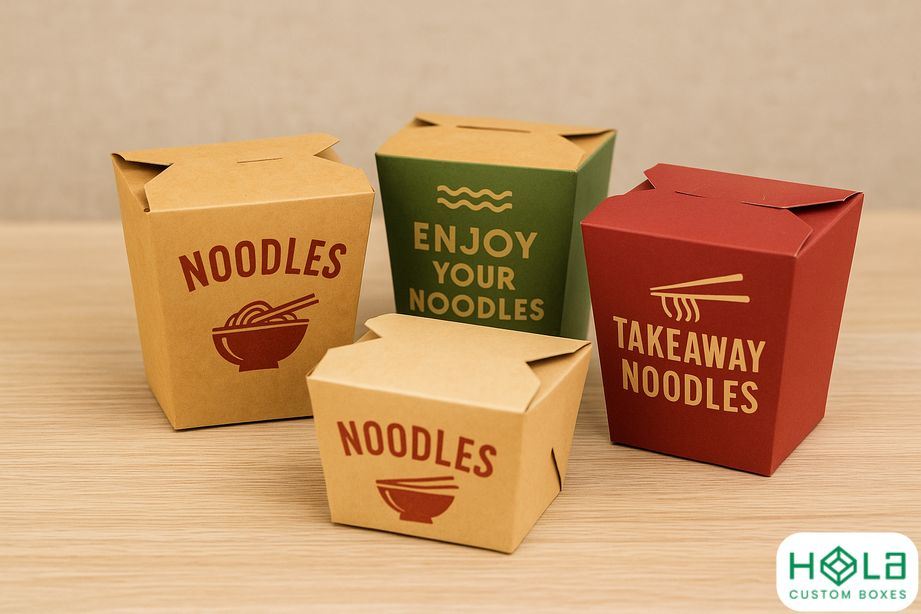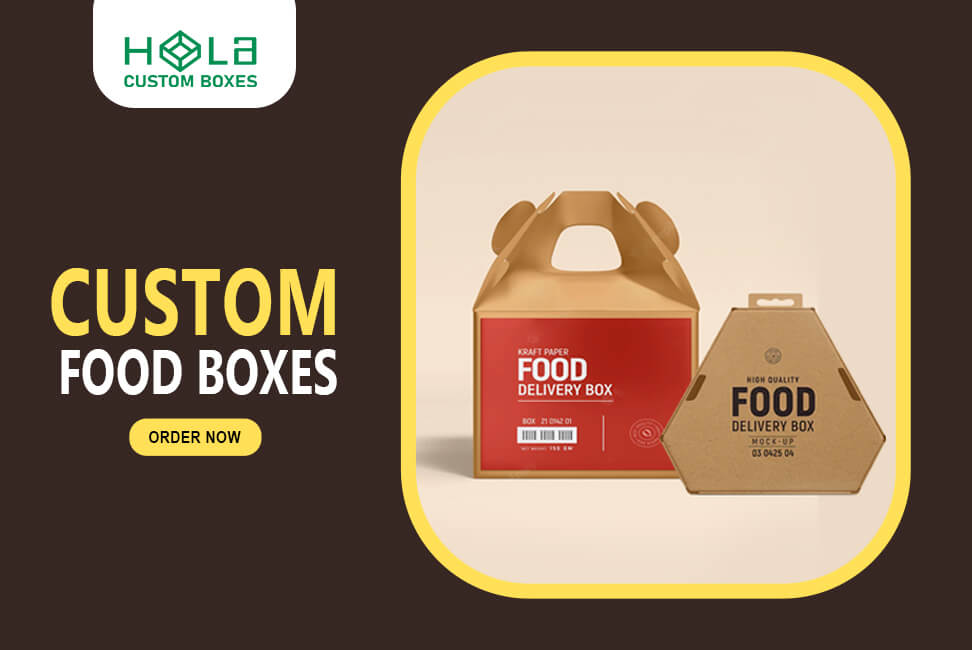Sustainability And Food Safety The Intersection Of Food Grade Materials And Eco-Friendly Packaging Solutions
2026-01-01 13:45:33.jpg)
Are you concerned about the impact of food production on the environment and your health? The food industry is at a critical juncture, balancing the growing demand for safe, affordable, and nutritious food with the need to reduce its environmental footprint.
Sustainability and food safety are two key areas that require attention. Fortunately, solutions are available that address both concerns simultaneously.
In this article, you will learn about the intersection of food-grade materials and eco-friendly packaging solutions. You will discover how these two elements play a crucial role in ensuring sustainable and safe food production.
From exploring regulatory standards for food-grade materials to innovative approaches to eco-friendly packaging design, we will guide you through the latest trends in sustainable packaging solutions for the future of food production.
Food-safe packaging, like custom tofu boxes, ensures consumer safety.
Meeting Consumer Demand with Sustainable Practices
As environmental awareness grows, consumers are seeking eco-friendly options, prompting the food industry to adopt sustainable packaging made from biodegradable plastics and recycled paper. These changes not only reduce environmental impact but also align businesses with consumer values, enhancing brand trust and appeal.
Eco-friendly custom cereal boxes reduce environmental impact.
Ensuring Food Safety Through Sustainability
Sustainable practices align with food safety by promoting responsible sourcing, minimizing waste, and reducing contamination risks. These measures help maintain product quality while reinforcing customer confidence through transparent and ethical operations that prioritize both health and the environment.
Understanding Food-Grade Materials and Their Role in Food Production
As we delve into what's fit for consumption, we explore the vital components that contribute to the creation of nourishing sustenance. A crucial aspect is the use of food-grade materials, which are essential to food production.
These materials must meet specific standards to ensure they're safe for human consumption. To achieve this safety standard, food-grade certification is required. These certifications ensure that the materials used in custom packaging and food processing meet specific requirements, including being non-toxic, non-reactive, and resistant to bacterial growth.
Rigid formats inspired by custom printed rigid boxes elevate premium food items.
When selecting these materials, several criteria need to be considered, including chemical composition, durability under various atmospheric conditions, resistance to corrosion or rust, and compatibility with other substances. With these considerations in mind, companies can choose from a wide range of safe, sustainable options, such as biodegradable plastics or recycled paper products, without compromising on quality or safety standards.
Exploring Eco-Friendly Packaging Solutions for a More Sustainable Future
You can take a step towards a greener future by learning about the latest packaging options that prioritize the health of our planet. Innovative designs are being developed to address growing concerns about sustainability and food safety.
Companies are exploring eco-friendly materials, such as biodegradable plastics, plant-based alternatives, and reusable containers. Consumer behavior plays a vital role in promoting sustainable packaging solutions.
As more people become aware of the environmental impact of single-use plastics, they are seeking out products packaged in eco-friendly materials. By choosing products with sustainable packaging, consumers can reduce their carbon footprint and contribute to a healthier planet.
As such, businesses must adapt to meet this demand by incorporating eco-friendly practices into their operations and offering more environmentally conscious packaging options for customers.
Hola Custom Boxes uses certified food-grade inks and boards.
The Benefits of Combining Food-Grade Materials and Eco-Friendly Packaging Solutions
Combining eco-conscious packaging options with materials safe for food use is a win-win situation - who doesn't want to reduce waste and keep their snacks fresh at the same time? By using sustainable packaging, you're making a conscious effort to reduce your environmental impact.
Eco-friendly options, such as biodegradable packaging, compostable containers, and reusable bags, are all excellent alternatives to traditional plastic packaging. But it's not just about being environmentally responsible - using food-grade materials ensures that the packaging won't contaminate your food.
This is especially important for products like baby food or medical supplies, where contamination could have serious health consequences. By combining sustainable packaging with food-grade materials, you not only protect the environment but also ensure the product's safety.
It's a small change that can make a big difference in creating a more sustainable future.
Regulatory Standards for Food-Grade Materials and Packaging

Regulations and standards for ensuring the quality and safety of packaging materials used in the food industry are crucial for maintaining consumer trust. The U.S. Food and Drug Administration (FDA) oversees these regulations to ensure that food-grade materials used in food packaging are safe. Food grade material regulations outline specific requirements for materials that come into contact with food, such as plastics, metals, and paperboard.
Packaging safety standards also play a key role in protecting consumers from potential hazards associated with food packaging. These standards encompass factors such as product integrity, shelf-life stability, and contamination prevention. By adhering to these standards, manufacturers can help prevent issues like chemical leaching or bacterial growth from affecting their products.
As sustainability continues to gain importance in the packaging industry, eco-friendly solutions must meet both regulatory requirements for food-grade materials and packaging safety standards. This ensures that products remain safe for consumption while minimizing environmental impact.
Innovative Approaches to Eco-Friendly Packaging Design
Looking for new and creative ways to reduce waste and minimize environmental impact, the packaging industry is exploring innovative approaches that integrate sustainable materials while maintaining product integrity.
One of these approaches involves upcycling plastic, transforming plastic waste into a valuable product rather than discarding it. This process not only reduces the amount of plastic sent to landfills but also conserves energy and resources by utilizing existing materials.
Some companies are even incorporating recycled ocean plastics into their packaging, helping to clean up our oceans while creating eco-friendly products. Another innovative approach is the use of biodegradable alternatives, such as plant-based materials like cornstarch or mushroom mycelium.
These materials break down naturally in the environment, reducing harm to wildlife and ecosystems compared to traditional petroleum-based plastics that can take hundreds of years to decompose. Additionally, some companies are experimenting with edible packaging made from seaweed or rice flour, further reducing waste and providing a unique consumer experience.
While these solutions are promising steps towards sustainability and food safety, it'll take continued innovation and collaboration throughout the industry to achieve significant long-term change.
Future Directions for Sustainable and Safe Food Packaging Solutions

You may be surprised by the potential for new, innovative approaches to creating environmentally conscious packaging that's both safe and sustainable.
As consumer awareness of environmental issues increases, so does the demand for eco-friendly packaging solutions that don't compromise food safety.
Industry collaboration has become crucial in developing such packaging solutions that meet both sustainability and safety criteria.
One promising direction is the use of natural materials such as plant-based polymers or biodegradable plastics. These materials offer a safer alternative to traditional plastic packaging and are more sustainable.
Another approach involves reducing material waste through more innovative design, such as using thinner materials or optimizing package size.
By working together, industry leaders can continue to drive innovation in sustainable, safe food packaging solutions that benefit both consumers and the environment.
Conclusion
You've now learned about the intersection of sustainability and food safety, where food-grade materials and eco-friendly packaging solutions come together to create a more sustainable future. This combination not only benefits the environment but also protects our food.
As we move towards a greener future, innovative approaches to eco-friendly packaging design will continue to emerge, keeping up with regulatory standards for both materials and packaging.
The food industry is making strides towards sustainability, and it's up to us as consumers to support these efforts by choosing products that use food-grade materials and eco-friendly packaging.
Together, we can create a world where our food is safe and our planet thrives.
Choose packaging that’s safe and sustainable — trust Hola Custom Boxes for food-grade solutions.
FAQs
- Are Kraft food boxes safe? Yes, when treated or lined appropriately.
- Do you print expiration dates? Yes, directly or with space for an inkjet printer.
- Are eco-food-grade boxes sturdy? Yes, when properly engineered.
Do food boxes require special coatings? For oily foods, yes.
